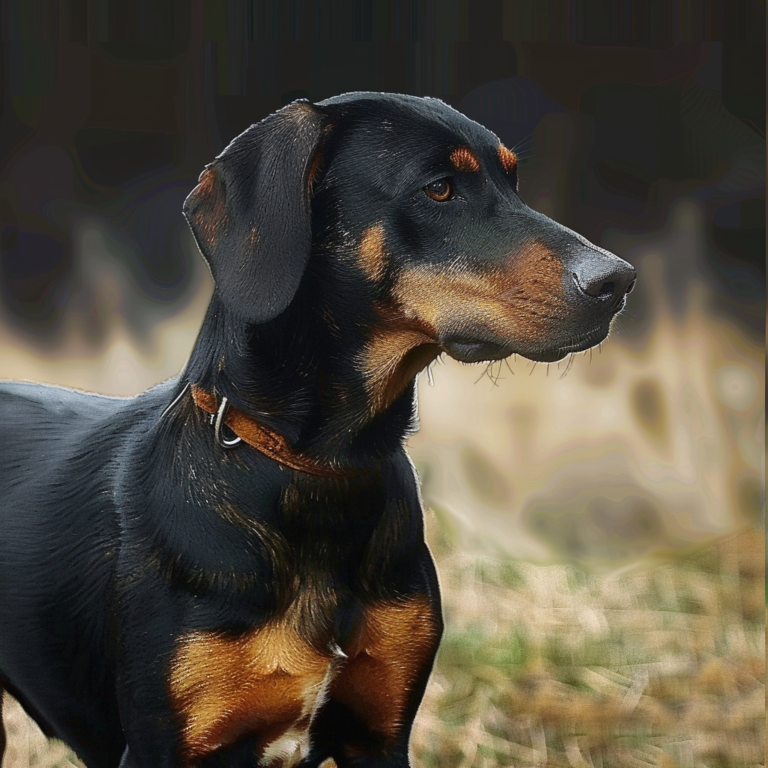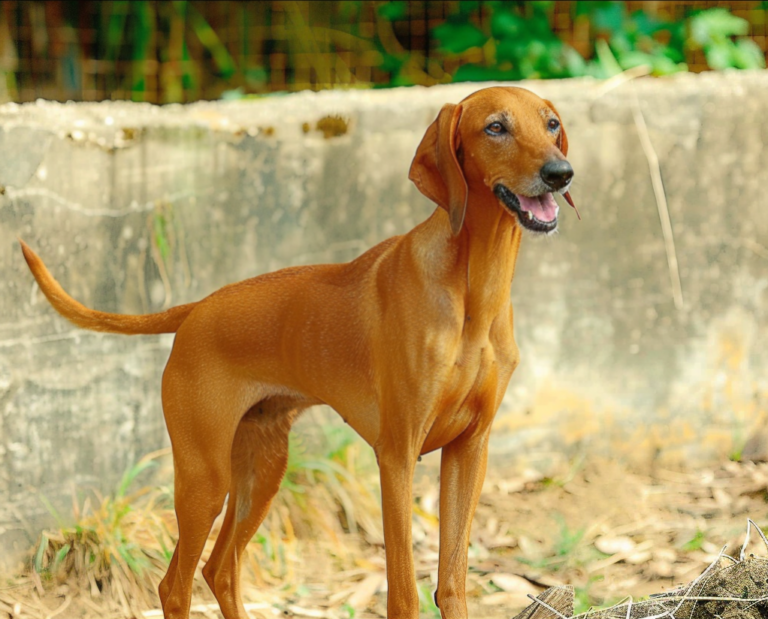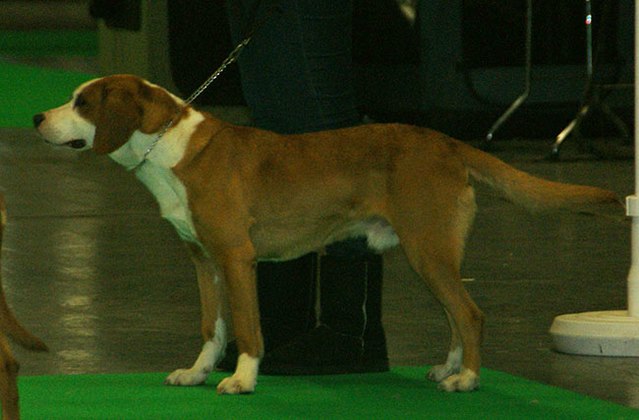The Hanoverian Scenthound has an independent personality and tends to have a relaxed attitude about life. A faithful companion and steady hunting dog, he will become engaged when allowed to do what he was meant to do – hunt. This German breed is particularly adept at tracking and can do this task for hours on end if needed. The original purpose was to track and locate wounded game. If he is never given the opportunity to track or hunt in some fashion he may develop temperament issues or even neurotic behaviors. Hanoverians are not the best dogs for first-time dog owners.
Hanoverian Scenthounds do require daily exercise although not an overly excessive amount. The smaller the living space is, the more they will need to be given walks, jogs or similar activities. Those that aren’t given enough can become excessive barkers and overly destructive dogs – so exercise is definitely non-negotiable. The breed does best with people who are active themselves and want to take the dog with them on weekend hikes and excursions, in addition to daily walks. They really don’t make the best apartment dogs. As they also require regular mental exercise, providing them with opportunities to hunt and/or track will go a long way towards meeting the needs of the Hanoverian.
Hanoverians are a low-shedding breed that require very little coat care beyond the occasional bath and semi-regular quick brush-out. Using a grooming mitt or similar tool will stimulate new hair growth while pulling out dead hair, and really make the characteristic red or brindle coat shine! Beyond nail care and dental care, the dog also needs his ears checked and cleaned regularly as hanging ears are more prone to infection. Other than this, the dog is considered “wash and wear” (very easy to groom).
When it comes to training, the Hanoverian can be on the more difficult side because of his independent nature. Furthermore the dog likely won’t listen to an owner that is wishy-washy and unable to provide structure or enforce overall house rules. The breed pairs best with those who are able to take charge and establish their leadership position. It’s also important to note that this is a slow-maturing breed that may take a few years to fully come into their own. This is not to say that the dog can’t be trained until they are three years old (waiting that long will cause problems, to say the least), but it does mean that one must be patient and persistent.
Hanoverian Scenthounds are medium-sized dogs in height, but powerful and sturdy. When playing or overly excited, they have the propensity to bowl over small children (or even delicate adults) so they are not really recommended for those with toddlers. Because of their prey drive they are also not a great match for those who have cats or other small animals. They do tend to get along well with other dogs, however. With multiple people in a home, they will be friendly toward everyone but will choose one person in particular with whom they will bond the closest. With strangers they can be aloof and discerning. They also have a protective instinct and must be extensively socialized in puppyhood so that the instinct doesn’t morph into overly fearful or aggressive behavior.




